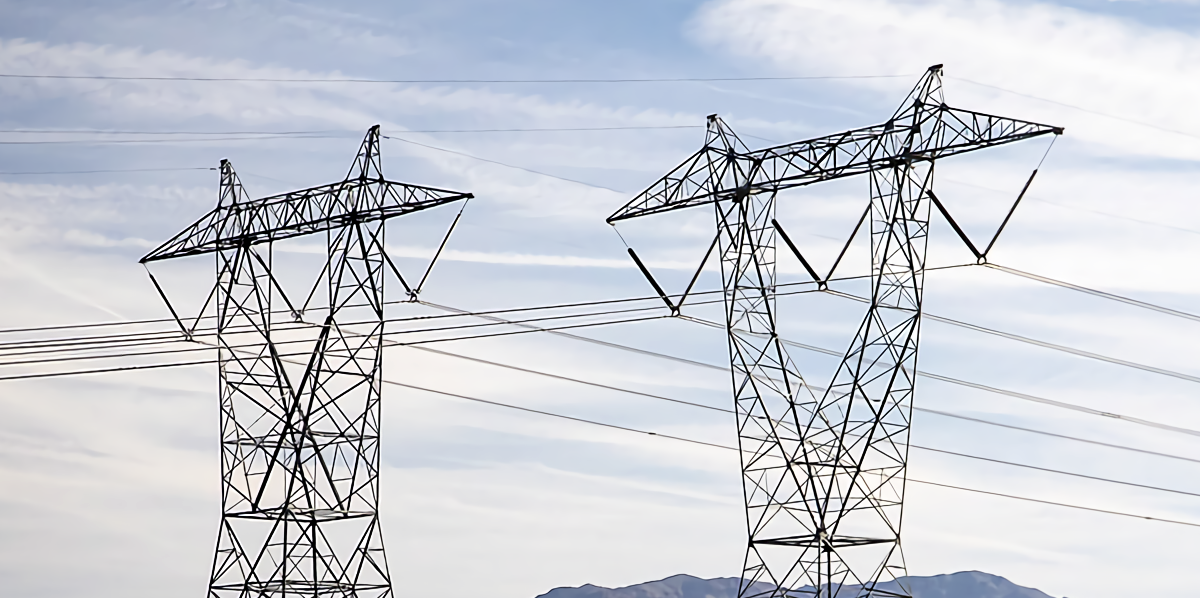
▲圖片標題(來源: VentureBeat)
Urbint, a company developing software that can predict threats to critical infrastructure, today announced that it raised $60 million in a series C funding round led by Energize Ventures with participation from American Electric Power, and OGCI Climate Investments, as well as existing investors Energy Impact Partners, National Grid Partners, Blue Bear Capital, and Salesforce Ventures. Founder and CEO Corey Capasso said that the proceeds will enable Urbint to scale its technology, introduce new solutions, and enter new verticals of infrastructure as well as expand its workforce.
Today’s critical infrastructure owners and operators are facing new challenges as aging assets and climate change create a more complex operating environment. Electric utilities in the U.S. alone spend more than $16.6 billion annually on operations and maintenance, it’s estimated. And according to one source, 6 billion gallons of treated water is lost to infrastructure failures each day in the U.S. — enough to fill over 9,000 swimming pools.
Founded in 2015 by Capasso, Josh Troy, and Ryan Schmukler, Urbint seeks to prevent infrastructure failures from happening by leveraging real-world data and AI. The company’s software can make predictions about construction, maintenance, and field operations failures up to a week in advance, including things like a work crew hitting a gas main or a fiber cable damage knocking out internet service to a town.
“[Urbint] actually started out focused on buildings, but then we had a meeting with the largest gas and electric utility in New York that changed everything,” Capasso told VentureBeat via email. “They asked us if we could use AI to predict which buildings in NYC had corroded gas pipes, in order to prevent gas leaks in people’s homes, which was not something we had attempted before … After [a] successful pilot project, we pivoted to focusing on infrastructure risk for gas and electric utilities, and never looked back.”
Predicting failures
As the U.S. prepares to spend hundreds of billions of dollars repairing national infrastructure, AI is being heralded as a solution to longstanding maintenance challenges. Google parent Alphabet’s “moonshot” X lab recently announced that it’s working on new computational tools for the electric grid. Meanwhile, startups like Myst and Autogrid are partnering with utilities to deliver AI-informed power usage insights.
As for Urbint’s technology, it brings together information about its customers’ assets, worksites, and historical records with what it describes as a dynamic “model of the world.” A representation of the environment in which Urbint’s customers are operating, the model takes elements such as weather, topography, environment, surrounding infrastructure, traffic, population, and essential facilities into account to provide a view of risk factors.
“We engineer this information into highly granular insights that inform action, so something as general as wind data becomes over 6 different data features, enabling our AI to know something as specific as which power lines are exposed to wind over 20 miles per hour from the northeast and for how long,” Capasso explained. “While that sounds complex, we present it to the customer in a simple risk alert, only highlighting the major takeaway and recommending an action to prevent catastrophe.”
Capasso said that the pandemic bolstered the demand for Urbint’s platform as field workers, who didn’t have the luxury of working remotely, suddenly became sick with COVID-19. The company claims that its customer base now includes National Grid, Southern Company, and 50 of North America’s other largest energy and infrastructure companies.
“Our biggest competitor is really inertia, as sometimes it can be hard for infrastructure operators to change when they have been attempting to manage risk one way for so long,” Capasso said. “When you have fewer resources, it’s imperative to take a risk-driven approach to maximize threat reduction with the resources you have. With society’s essential services strained, energy outages and failures to key facilities simply could not happen. We had companies turning to us to help prevent this.”
Urbint has raised $109 million in venture capital to date. The company has 100 employees currently, with plans to grow to 130 by the end of the year.
轉貼自: VentureBeat
若喜歡本文,請關注我們的臉書 Please Like our Facebook Page: Big Data In Finance


留下你的回應
以訪客張貼回應